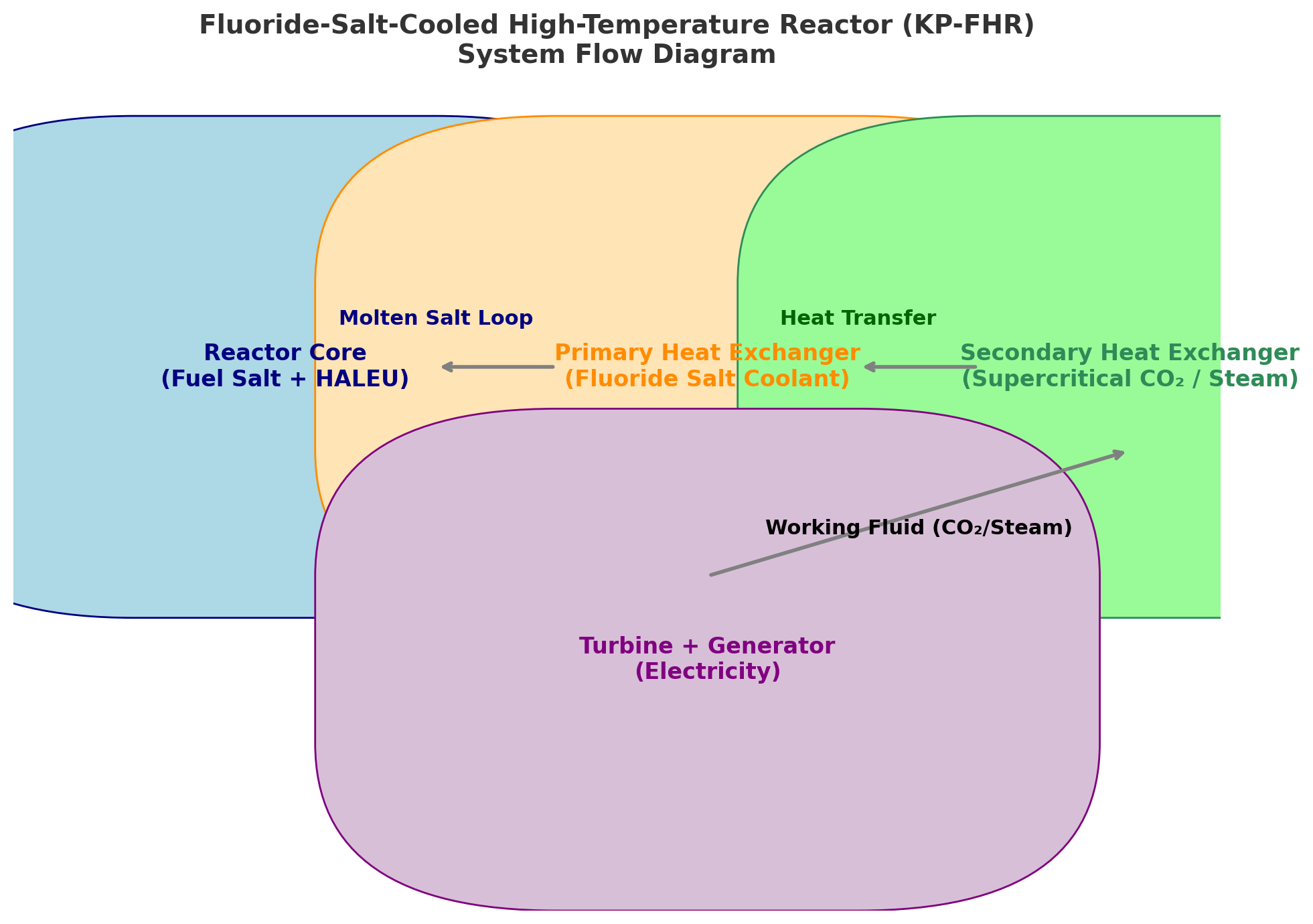In August 2025, Google, nuclear startup Kairos Power, and the Tennessee Valley Authority (TVA) announced a landmark collaboration to build the Hermes 2 reactor in Oak Ridge, Tennessee. This initiative involves the first power purchase agreement (PPA) in the U.S. based on a Generation IV small modular reactor (SMR). Beyond providing clean electricity to Google’s data centers, the project carries strategic significance for energy transition, nuclear commercialization, and public-private collaboration.

Meeting Data Center Energy Demands
With the rapid growth of artificial intelligence and cloud computing, electricity demand from data centers is projected by the International Energy Agency (IEA) to reach up to 8% of global power consumption by 2030. While renewable energy is expanding, its variability limits reliability. Nuclear energy—especially modular advanced reactors—offers a firm, carbon-free solution well-suited for energy-intensive digital infrastructure.
A New Collaboration Model
Traditionally, nuclear power projects have been government-led or utility-driven. In this case, TVA provides grid integration and procurement, Google drives demand as an anchor customer, and Kairos Power delivers technological innovation. This tripartite model represents a shift toward “demand-driven + innovation + regulatory oversight,” potentially shaping how future energy projects are structured.
Exploring Nuclear Power PPAs
The Hermes 2 PPA applies a mechanism previously associated with renewables to nuclear energy. Establishing a transparent revenue model may reduce investment risks and improve financing viability, paving the way for advanced nuclear deployment backed directly by corporate customers.
Molten Salt-Cooled Reactor Features
Kairos’s KP-FHR design uses fluoride molten salt as coolant and high-assay low-enriched uranium (HALEU) fuel. It offers high-temperature efficiency, enhanced safety systems, and reduced waste generation. Its modularity allows deployment across regional grids with flexibility.
Supportive Policy Framework
The U.S. Department of Energy’s Advanced Reactor Demonstration Program has provided both financial and regulatory support to accelerate Gen-IV demonstration projects. Hermes 2 is a beneficiary of this framework, underscoring government alignment with private-sector innovation.
Fuel Supply Chain Challenges
HALEU availability remains a bottleneck. The U.S. is expanding domestic enrichment capacity and pursuing international partnerships to secure supply. Long-term scalability of such reactors will depend heavily on resolving this issue.
For the Industry: Success of Hermes 2 could accelerate the commercialization of SMRs and encourage broader adoption among non-traditional energy consumers such as technology companies.
For the Region: Oak Ridge, historically central to U.S. nuclear R&D, stands to strengthen its role as a hub for advanced nuclear innovation, contributing to local employment and academic collaboration.
For Global Nuclear Development: This case may serve as a reference for integrating nuclear energy with data centers and industrial users worldwide, particularly in Europe and Asia.
The Google-Kairos-TVA collaboration is more than a single project; it signals the convergence of advanced nuclear technology with the digital economy. By combining technological innovation, market mechanisms, and cross-sector partnerships, it illustrates a viable pathway toward a diversified and resilient low-carbon energy future.